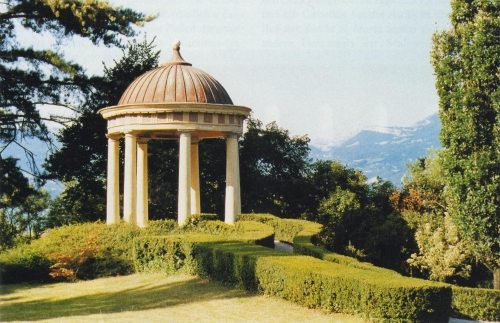
In more than 40 years at The New Yorker, Whitney Balliett encouraged readers to hear jazz through his vividly metaphorical writing.
Writing during the years of jazz’s greatest development and ferment, Balliett used comparatively little technical vocabulary, favoring a sensual rendering. Of the trumpeter Roy Eldridge, he wrote: “His tone at slow tempos still supplicates and enfolds and at fast speeds hums and threatens.” The trumpeter Doc Cheatham’s solos were “a succession of lines, steps, curves, parabolas, angles, and elevations.”
Balliett also used metaphor to great effect in describing appearances. Of Teddy Wilson: “His figure, once thin as a stamp, has thickened, and his hawklike profile has become a series of arcs and spheres.” And of the drummer Big Sid Catlett, who inspired some of his finest writing, he wrote: “Everything was in proportion: the massive shoulders, the long arms and giant, tapering fingers, the cannonball fists, the barn-door chest and the tidy waist, his big feet, and the columnar neck.”
This according to “Whitney Balliett, New Yorker jazz critic, dies at 80” by Ben Ratliff (The New York times 3 February 2007).
Today would have been Balliett’s 90th birthday! Below, Big Sid in action (wait for him trading fours near the end).










